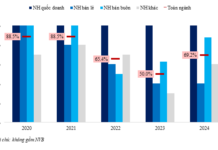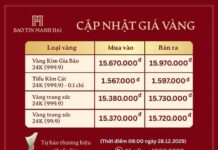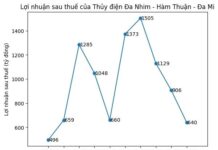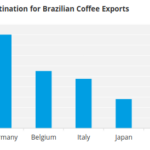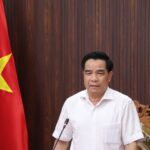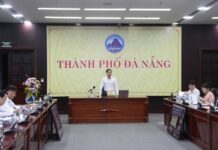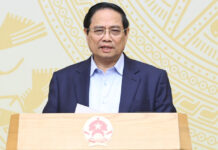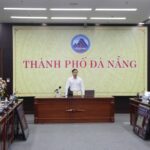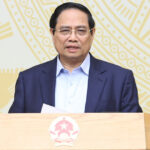Localities face challenges in determining land prices
At a recent conference to gather feedback on the draft Law amending and supplementing several articles of the 2024 Land Law, Ms. Nguyen Thi Nhu Trang, Deputy Director of the Hai Phong Department of Agriculture and Environment, pointed out the challenges in determining land prices according to the current Price Law. The current calculation method is mechanical, using the average land price of the previous two years to create a price list, which does not reflect actual fluctuations.
In Hai Phong, areas newly merged from Hai Duong province have experienced significant land price decreases due to administrative changes and the relocation of state agencies. Applying the old land prices as a basis for calculation is now inappropriate and causes difficulties for people in land transactions.
Ms. Trang suggested that the Ministry of Agriculture and Environment coordinate with the Ministry of Finance and related units to develop appropriate adjustments, ensuring practicality and feasibility in determining specific land prices.
Similar situations have occurred in many other localities, with land prices dropping by 40% to over 50% compared to before, especially in areas affected by administrative or planning changes.

Vice Chairman of Phu Tho People’s Committee, Phan Trong Tan. Photo: Phan Thien.
Vice Chairman of the People’s Committee of Phu Tho province, Phan Trong Tan, also acknowledged the complexities of creating a land price list for calculating land use fees and financial obligations. He stated that the current land valuation methods, including comparison, surplus, income, and adjustment factors, have certain limitations.
According to Mr. Tan, many localities mainly use the surplus method due to its practical applicability, despite the risks involved. The state needs to affirm its decision-making power in land valuation and provide detailed guidance to local governments.
“The land price list is a compilation of multiple specific valuation results, but for provinces with complex terrain like Phu Tho, creating a uniform and fair land price list is extremely challenging,” Mr. Tan emphasized. “Even with a price list, there are practical difficulties in application, hence the need for backup plans to avoid relying on a single method.”
What principles are proposed for the new land price list?
Deputy Minister of Agriculture and Environment, Le Minh Ngan, stated that the 2024 Land Law has made clearer adjustments regarding the benefits of the people in case of land revocation, especially in compensation, support, and resettlement, to ensure fairness and practicality.
Regarding the determination of specific land prices, although there has been a process in place for many years, there are still limitations such as a lack of information and inconsistent methods, causing difficulties for management agencies and enterprises. Therefore, the amendment’s perspective is that the state – representing the ownership of the entire people over land – will proactively decide the land price list and related financial obligations according to each type of land.
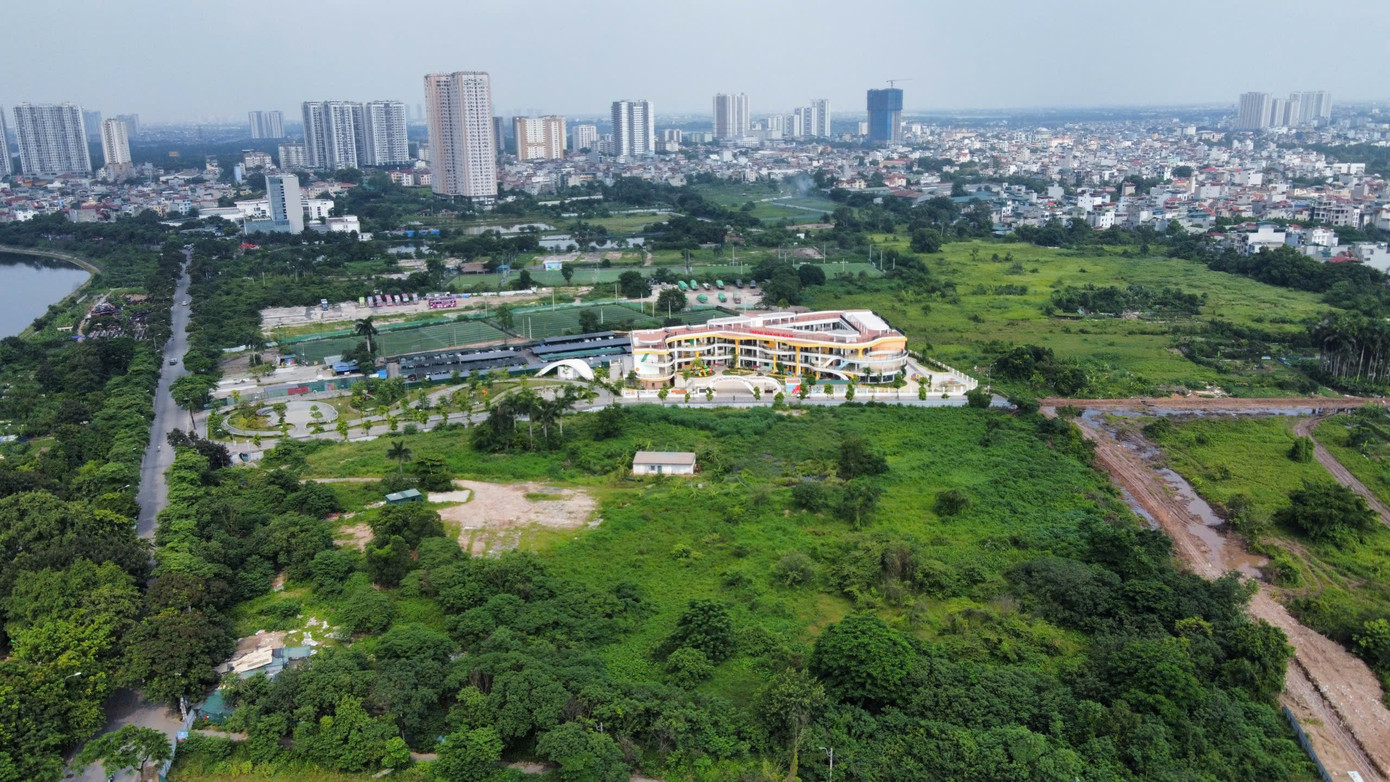
The amended Land Law directs the state to determine land prices and financial obligations for each type of land. Photo: Phan Thien.
“The land price list is built on a multi-method valuation principle to closely approach market prices while considering socio-economic conditions and state management requirements in each locality,” said Deputy Minister Le Minh Ngan. “This allows for flexible adjustments suitable for each area, avoiding rigid application.”
Regarding the land price adjustment factor, the Ministry of Agriculture and Environment leader stated that, according to the 2024 Land Law, this factor increases or decreases land prices based on market fluctuations but can also be applied flexibly for each type of land, project, or geographical location, as long as it aligns with local state management. The decision-making authority is delegated to the provincial level to ensure practicality.
For areas without a land price list but requiring infrastructure investment before use, infrastructure costs are determined directly for each project or calculated according to the current infrastructure investment policy.
However, in practice, there are still challenges. In some large localities like Hanoi, there are very few organizations with sufficient land valuation capabilities, leading to a dependence on a few consulting units and reducing the state’s proactive role in land valuation.
“This amendment of the 2024 Land Law aims to restore the state’s decision-making role, combining market principles with management, and preventing the secondary market from dominating the primary market,” emphasized Deputy Minister Le Minh Ngan.
“Striking a Balance: Revising Land Valuation Tables for Sustainable Revenue and Community Wellbeing”
It is imperative that the land price lists published by local authorities are realistic and avoid being overly optimistic or pessimistic. Overvaluation can deter businesses, while undervaluation can lead to a significant loss in revenue for the government. A balanced and accurate assessment is crucial to fostering a healthy business environment and ensuring a stable financial outlook for the region.
The Painful Wait: Investors Left in Tears Over Delayed Land Valuations
“Land prices are a critical bottleneck within themselves. Many localities are struggling with a multitude of stalled projects, unable to move forward. A significant reason for this is the inability to determine land prices,” says PGS.TS. Nguyen Quang Tuyen, Vice Chairman of the School Board and Head of the Economic Law Faculty at Hanoi Law University.
“Streamlining the Merger: A Unified Vision for the Ministry of Agriculture and Rural Development and the Ministry of Natural Resources and Environment”
Deputy Prime Minister Tran Hong Ha emphasized that the restructuring and merging of the Ministry of Agriculture and Rural Development and the Ministry of Natural Resources and Environment is an extremely important political task that cannot be delayed any further. This move aims to reduce the number of specialized state management agencies, following the principle of “one task, one authority.”






